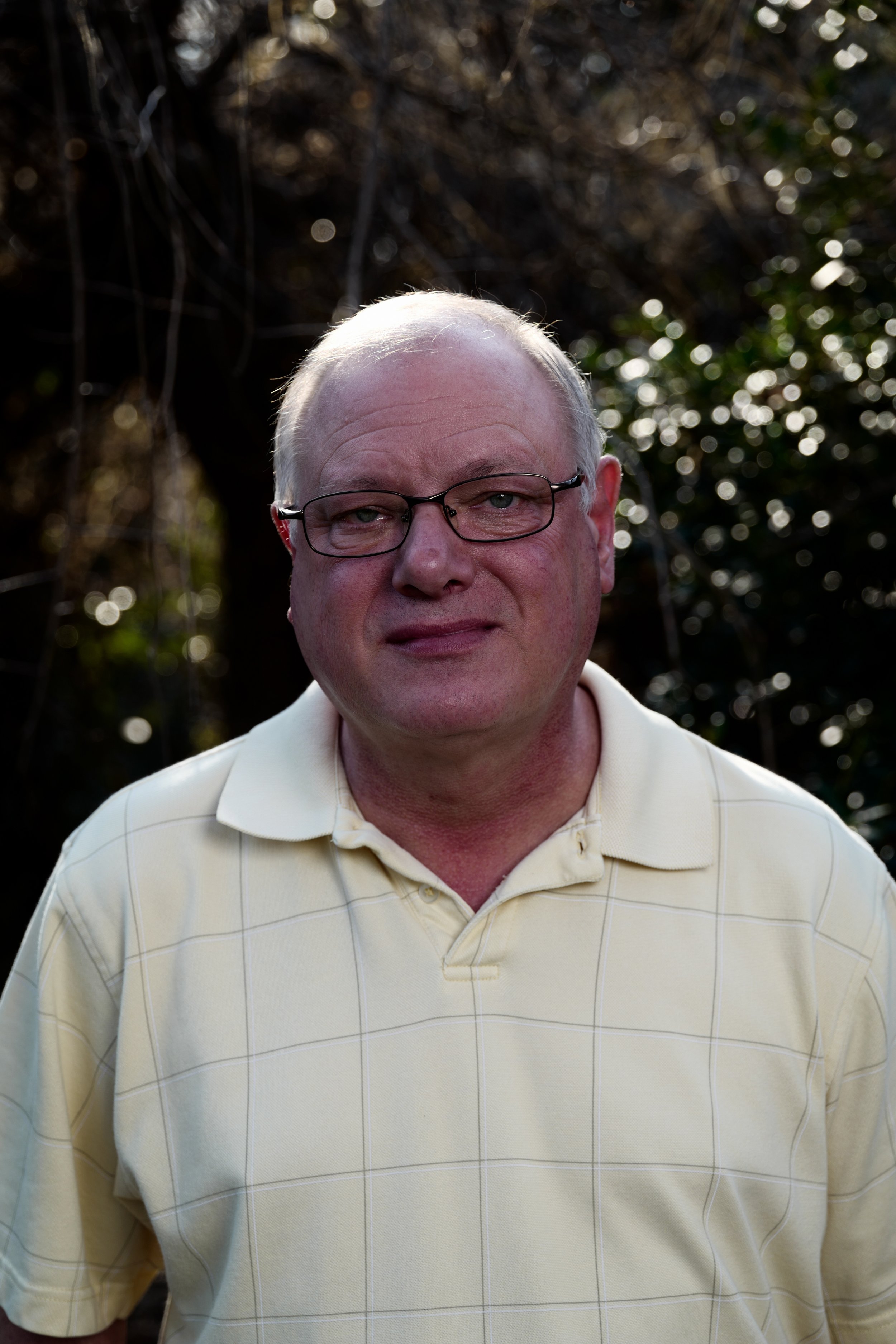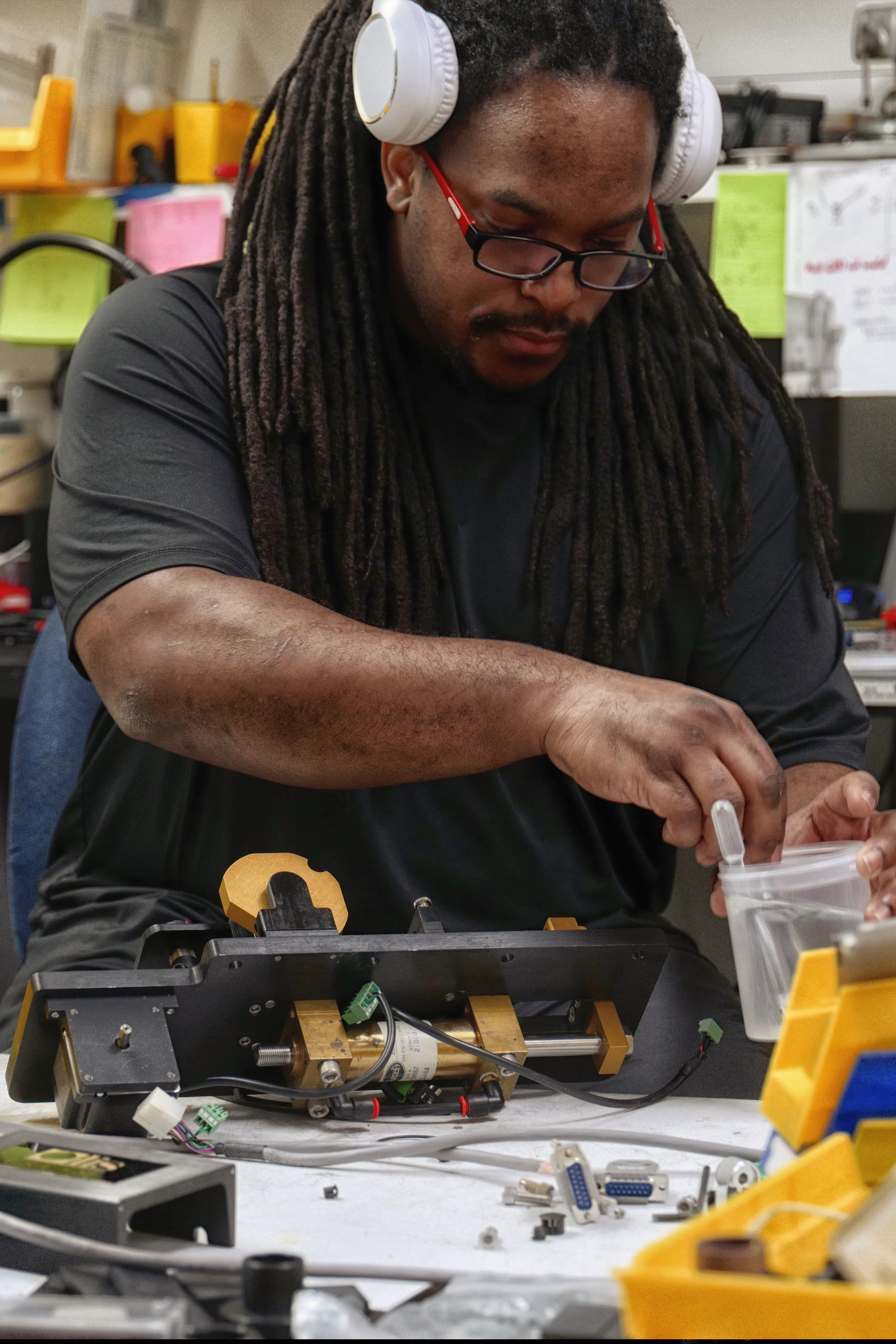How Uv/vis can Save You Time, Stress, and Money.
How Uv/vis can Save You Time, Stress, and Money.
Blog Article
Our Uv/vis Diaries
Table of ContentsAll About Circular DichroismA Biased View of Circularly Polarized Luminescence10 Simple Techniques For SpectrophotometersUnknown Facts About Circularly Polarized LuminescenceFacts About Spectrophotometers RevealedSome Known Details About Circular Dichroism Uv/vis Things To Know Before You Get ThisMore About Uv/vis/nirTop Guidelines Of SpectrophotometersOur Circular Dichroism DiariesSome Known Facts About Spectrophotometers.7 Easy Facts About Spectrophotometers ExplainedSome Known Factual Statements About Uv/vis
It is then scanned through the sample and the recommendation solutions. Fractions of the event wavelengths are transmitted through, or shown from, the sample and the referral. Electronic circuits transform the relative currents into direct transmission percentages and/or absorbance/concentration values.The transmission of a recommendation compound is set as a standard (datum) value, so the transmission of all other substances are tape-recorded relative to the initial "zeroed" compound. The spectrophotometer then converts the transmission ratio into 'absorbency', the concentration of specific elements of the test sample relative to the initial substance.
Considering that samples in these applications are not readily available in large amounts, they are specifically matched to being evaluated in this non-destructive technique. In addition, precious sample can be conserved by making use of a micro-volume platform where as little as 1u, L of sample is needed for complete analyses. A short explanation of the procedure of spectrophotometry includes comparing the absorbency of a blank sample that does not consist of a colored compound to a sample that includes a colored substance.
Excitement About Uv/vis
In biochemical experiments, a chemical and/or physical property is picked and the procedure that is utilized is specific to that residential or commercial property in order to obtain more info about the sample, such as the amount, purity, enzyme activity, and so on. Spectrophotometry can be utilized for a number of techniques such as identifying optimum wavelength absorbance of samples, figuring out optimal p, H for absorbance of samples, determining concentrations of unknown samples, and figuring out the p, Ka of numerous samples.: 21119 Spectrophotometry is likewise a practical procedure for protein filtration and can likewise be used as a technique to create optical assays of a compound.
It is possible to know the concentrations of a two component mixture using the absorption spectra of the standard options of each part. To do this, it is needed to know the termination coefficient of this mixture at 2 wave lengths and the termination coefficients of options that consist of the recognized weights of the two components.

5 Simple Techniques For Circular Dichroism
Most spectrophotometers are used in the UV and noticeable areas of the spectrum, and some of these instruments likewise operate into the near-infrared region too. The concentration of a protein can be approximated by measuring the OD at 280 nm due to the presence of tryptophan, tyrosine and phenylalanine (https://calendly.com/olisclarity1/30min).
This technique requires a spectrophotometer capable of determining in the UV region with quartz cuvettes.: 135 Ultraviolet-visible (UV-vis) spectroscopy includes energy levels that delight electronic shifts. Absorption of UV-vis light delights molecules that are in ground-states to their excited-states.
These curves can be used to evaluate a brand-new batch of colorant to examine if it makes a match to specs, e
Traditional visible standard spectrophotometers can not detect if discover colorant or the base material has fluorescence. This can make it hard to handle color problems if for example one or more of the printing inks is fluorescent. There are two major setups for visual spectrum spectrophotometers, d/8 (spherical) and 0/45.
Scientists utilize this instrument to measure the amount of substances in a sample. In the case of printing measurements 2 alternative settings are frequently utilized- without/with uv filter to manage better the impact of uv brighteners within the paper stock.
The Basic Principles Of Uv/vis
Some applications need small volume measurements which can be carried out with micro-volume platforms. As explained in the applications section, spectrophotometry can be used in both qualitative and quantitative analysis of DNA, RNA, and proteins. Qualitative analysis can be used and spectrophotometers are used to record spectra of compounds by scanning broad wavelength areas to determine the absorbance residential or commercial properties (the intensity of the color) of the compound at each wavelength.

Getting The Circular Dichroism To Work
One major element is the type of photosensors that are readily available for various spectral regions, however infrared measurement is likewise difficult because essentially everything discharges IR as thermal radiation, particularly at wavelengths beyond about 5 m. Another complication is that quite a couple of products such as glass and plastic soak up infrared, making it incompatible as an optical medium.
Recovered Dec 23, 2018. Essential Laboratory Methods for Biochemistry and Biotechnology (2nd ed.). The necessary guide to analytical chemistry.
Oke, J. B.; Gunn, J. E.
How Spectrophotometers can Save You Time, Stress, and Money.

Ninfa AJ, Ballou DP, Benore M (2015 ). Basic Lab Techniques for Biochemistry and Biotechnology (3, rev. ed.). circular dichroism. Lab Devices.
The 2-Minute Rule for Circularly Polarized Luminescence
"Applied Spectrophotometry: Analysis of a Biochemical Mix". Biochemistry and Molecular Biology Education. Journal of Biochemistry Education.
The Single Strategy To Use For Uv/vis
U.S. Department of Commerce National Bureau of Standards special publication; 378. Washington, D.C.: U.S. National Bureau of Standards.
The procedure starts with a regulated light source that illuminates the examined sample. When it comes to reflection, as this light connects with the sample, some is soaked up or discharged. The discharged light journeys to the detector, which is evaluated, quantified, and provided as industry-standard color scales and indices.
All terms are evaluated over the noticeable spectrum from 400 to 700 nm. In the case of transmission, when the light engages with the sample, it is either absorbed, shown, or transferred.
Not known Facts About Spectrophotometers
Examples consist of APHA (American Public Health Association) for watercolor and pureness analysis, ASTM D1500 for petrochemical color analysis, edible oil indices used in food, and color analyses of drinks. All continue reading this terms are evaluated over the noticeable spectrum from 400 to 700 nm.
Image Credit: Matej Kastelic/ Dr. Arnold J. Beckman and his colleagues at the National Technologies Laboratories initially invented the spectrophotometer in 1940. In 1935 Beckman established the company, and the discovery of the spectrophotometer was their most ground-breaking development.
The Best Strategy To Use For Spectrophotometers
99% accuracy. Over time, researchers kept improving the spectrophotometer style to enhance its efficiency. The UV capabilities of the design B spectrophotometer were enhanced by changing the glass prism with a quartz prism. Eventually, the Model DU was developed, consisting of a hydrogen lamp and other improvements. This instrument was utilized in commercial labs, centers, and chemistry and biochemistry departments.
After 1984, double-beam versions of the device were created. The addition of external software with the provision of onscreen display screens of the spectra was available in the 1990s. Generally, a spectrophotometer is comprised of two instruments, namely, a spectrometer and a photometer. A fundamental spectrophotometer contains a light, a monochromator, a collimator for straight light beam transmission, a cuvette to position a sample, and a photoelectric detector.
Not known Facts About Spectrophotometers
There are different kinds of spectrophotometers in various sizes and shapes, each with its own purpose or performance. A spectrophotometer figures out how much light is shown by chemical components. UV/Vis. It determines the difference in light strength based upon the total amount of light presented to a sample and the amount of light beam that goes through the sample option
According to the instrument's style, the sample is positioned in between the spectrometer and the photometer. After the light is gone through the sample, the photometer determines its strength and displays the reading. A spectrophotometer is used to determine the concentration of both colorless and colored solutes in a service. This instrument is used to figure out the rate of a reaction.
Report this page